|
When people imagine a rainforest they dream up a misty, humid, dense jungle, rich in wildlife such as monkeys and orangutans, jaguars and leopards, toucans, Boa Constrictors and millions of bugs... Well the Wet Tropics rainforests close to Port Douglas and Cairns are misty, humid and contain millions of bugs but our wildlife is very different to what most people imagine! Think kangaroos that live in trees, large flightless birds that can grow to nearly 2 metres tall and one of the world's most unusual animals, the platypus. No monkeys or big cats in Australia and our version of the boa-constrictor, the Amethystine python, puts most other snakes to shame as it grows to an astonishing 7+ metres! The rainforest we explore is an internationally recognised biodiversity hotspot containing an extremely rich variety of plants and animals. A few stats about what can be found in the Wet Tropics World Heritage area:
What many visitors to the Wet Tropics rainforest don't expect is that most of the wildlife is nocturnal (active at night) or crepuscular (active at dawn and dusk). It takes patience, persistence and plenty of local knowledge to know where to find rainforest animals during the day. Most rainforest tour operators don't have the time in their schedules to patiently wait for wildlife or the flexibility to change where they visit dependant on what their guests would like to see. Our private wildlife and rainforest tours focus on viewing wildlife and can be adapted to your preferences. Below is information on a few of the more unique animals that we can see in the rainforest on our tours. 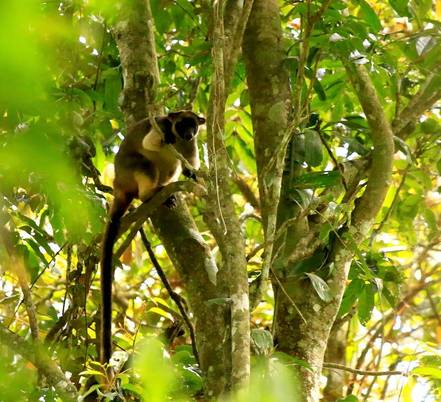 A Lumholtz Tree kangaroo resting high in the rainforest canopy. A Lumholtz Tree kangaroo resting high in the rainforest canopy. The Lumholtz Tree kangaroo These shy, nocturnal animals can often be spotted during the day asleep or resting high in the rainforest canopy. Preferring to climb rather than hop, the Lumholtz Tree kangaroo has developed long and muscled forearms while its hind-feet are short and broad, allowing the feet to mould arrange branches and tree trunks. One very noticeable adaption of the Lumholtz Tree kangaroo is the length of its tail relative to its body size. The long tail allows the kangaroo to balance when walking or resting on tree branches however it is not used to wrap around branches like the tail of a monkey. The Lumholtz Tree kangaroo is only found in the rainforests of tropical north Queensland. 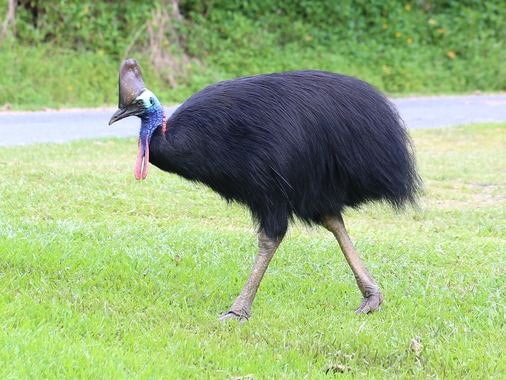 By Summerdrought (Own work) [CC BY-SA 4.0], via Wikimedia Commons By Summerdrought (Own work) [CC BY-SA 4.0], via Wikimedia Commons The Southern cassowary A relic from the age of dinosaurs, an adult cassowary stands as tall as a human and is Australia's heaviest bird at up to 85 kilos. The Southern cassowary is only found in north Queensland and numbers just a few thousand in the wild. Although they are nearly 2 metres tall and feature a brilliant blue and purple head and neck, the cassowary is hard to spot in the wild and is only very occasionally seen in the area around Port Douglas. Feasting on a large variety of fruits, nuts and seeds, the cassowary is known as the gardener of the rainforest and is vitally important for the dispersal of seeds and the health of the rainforest. One of the cassowawy's striking features is the large helmet, officially knows as a casque, on its head. Scientists are still unsure of what exactly this is for but it may be used to pick-up very low frequency calls through the rainforest or to indicate dominance. 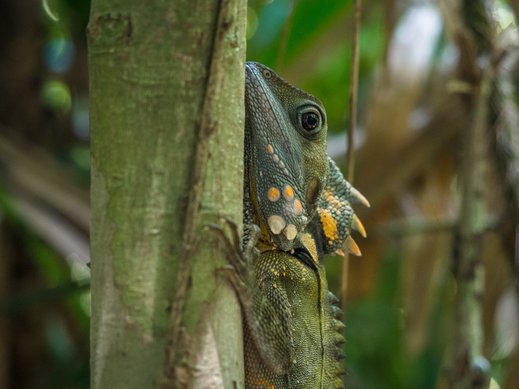 A Boyd's Forest Dragon seen at Mossman Gorge. A Boyd's Forest Dragon seen at Mossman Gorge. Boyd's Forest Dragon Well camouflaged and masters of silent movement, the Boyd's Forest dragon is active during the day but hard to spot with an untrained eye. This species is endemic to the rainforests of north Queensland Spending much of their day silently perched on tree trunks, at around head-height, these stealthy lizards are sit-and-wait predators that will ambush invertebrates that unwittingly come to close. Only very occasionally will the lizards come drown from a tree and roam on the ground. Forest Dragon's are most commonly seen during the warmer months and in the cooler months the lizards often retreat in to the rainforest canopy. For photographers the Boyd's Forest dragon is a very photogenic but incredibly frustrating subject. Just as you line up your photo the lizard has a habit of silently moving to the other side of the trunk and out of your sight. If you are planning on visiting Cairns or Port Douglas contact Blue Adventures to organise a day out viewing the extraordinary native wildlife we have in our region.
0 Comments
Port Douglas possesses an enviable location on the doorstep of two of the worlds most unique and ecologically valuable environements, the UNESCO World Heritage listed Great Barrier Reef and the Wet Tropics World Heritage area. 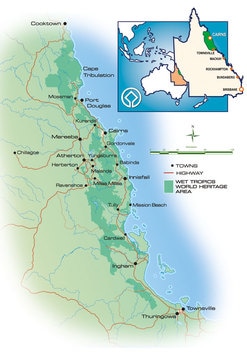 The Wet Tropics World Heritage Area - Click to enlarge The Wet Tropics World Heritage Area - Click to enlarge To gain a World Heritage listing from UNESCO an area must have "Outstanding Universal Values' - in simple terms this means that the area is of such natural and/or cultural significance that it must be protected for the world's current and future generations. UNESCO is a United Nations body with more than 195 countries as members. On our Port Douglas Rainforest and Outback tours we pass through and visit stunningly beautiful sections of the Wet Tropics World Heritage area. Our expert guides share with you the beauty and significance of these forests and their wildlife. The Wet Tropics rainforest near Port Douglas include the Mowbray, Kuranda, Mt Lewis and Daintree National Parks. On our tours we visit a sections of the Wet Tropics World Heritage area known as the Crater Lakes National Park and the Curtain Fig National Park. The Wet Tropics rainforests stretch 450km from Townsville in the south to Cooktown in the north, hugging a narrow coastal mountain range adjacent to the coast. It passes cities and coastal towns including Cairns, Innisfail, Cardwell, Port Douglas and Mossman. The Wet Tropics is unique in that it is the only place in the world where you have 2 World Heritage areas side by side, the Wet Tropics and the Great Barrier Reef. You can literally hike in the Wet Tropics World Heritage area in the morning and snorkel the World Heritage listed Great Barrier Reef in the afternoon! The rainforests found within the Wet Tropics is the oldest continuously surviving rainforest in the world. The area is a living museum containing plants and animals that have barely changed in millions of years through to much more highly evolved flora and fauna. In an Australian context, the Wet Tropics covers less than 0.2% of Australia, but contains 30% of the marsupial species, 60% of bat species, 25% of rodent species, 40% of bird species, 30% of frog species, 20% of reptile species, 60% of butterfly species, 65% of fern species, 21% of cycad species, 37% of conifer species, 30% of orchid species and 18% of Australia’s vascular plant species. It is therefore of great scientific interest and of fundamental importance to conservation. 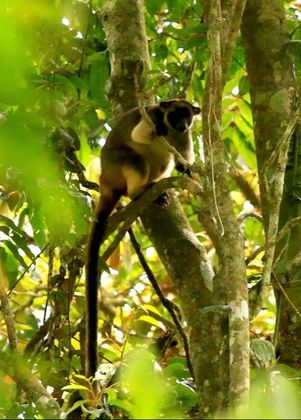 A Lumholtz Tree kangaroo, rarely seen and very shy A Lumholtz Tree kangaroo, rarely seen and very shy Although the entire Wet Tropics area only encompasses 0.26% of the Australian continent it has Australia's great plant and animal diversity with many of the species found in the area found nowhere else in the world. It is also recognised for its outstanding natural beauty with its stunning rainforest vistas, waterfalls, river gorges and wild rivers. A visit to the Wet Tropics World Heritage area is a must-do for any visitor to Port Douglas or Cairns. On our Wildife tour and our Rainforest and Outback tour we take you to beautiful sections of the Wet Tropics World Heritage area where you get to see for yourself just how special and unique these rainforests are. Departures from both Cairns and Port Douglas are available. Port Douglas is truly blessed to be in such close proximity to the rainforests of the Wet Tropics World Heritage area! Click here to contact Blue Adventures to find out more about our Rainforest tours & Wildlife tours. 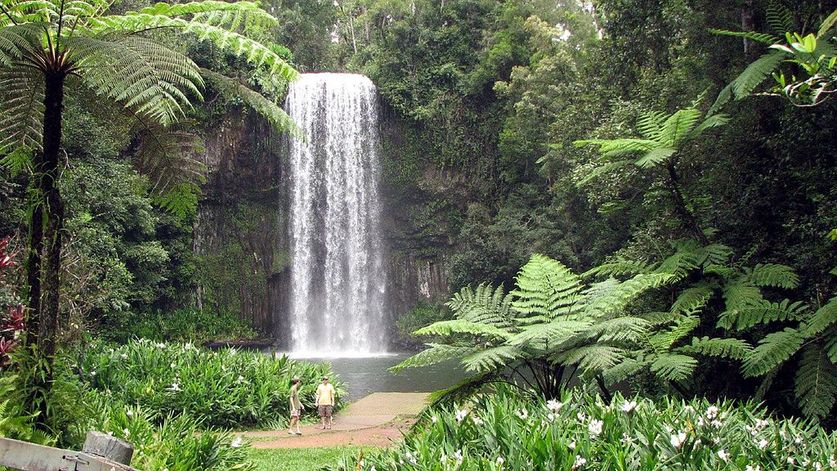 Milla Milla falls in the Atherton Tablelands is a beautiful spot to stop on a full day tour. Milla Milla falls in the Atherton Tablelands is a beautiful spot to stop on a full day tour. The region around Port Douglas is blessed with many beautiful waterfalls accessible via day trip. From the mighty Din Din (Barron) falls in Kuranda, to the most photographed falls in Australia - Milla Milla falls - and the renowned Tablelands waterfall circuit, we have plenty of waterfalls to explore. The wet season is the perfect time to visit these falls as they are in peak flow and definitely at their most impressive. Blue Adventures can run a special Waterfall tour from Port Douglas for your private group, just contact us to discuss an itinerary. If you were already considering our Wildlife tour or Rainforest and Outback tour but would like to visit some waterfalls also then just discuss this with us at the time of booking and we adapt an itinerary to suit your group. 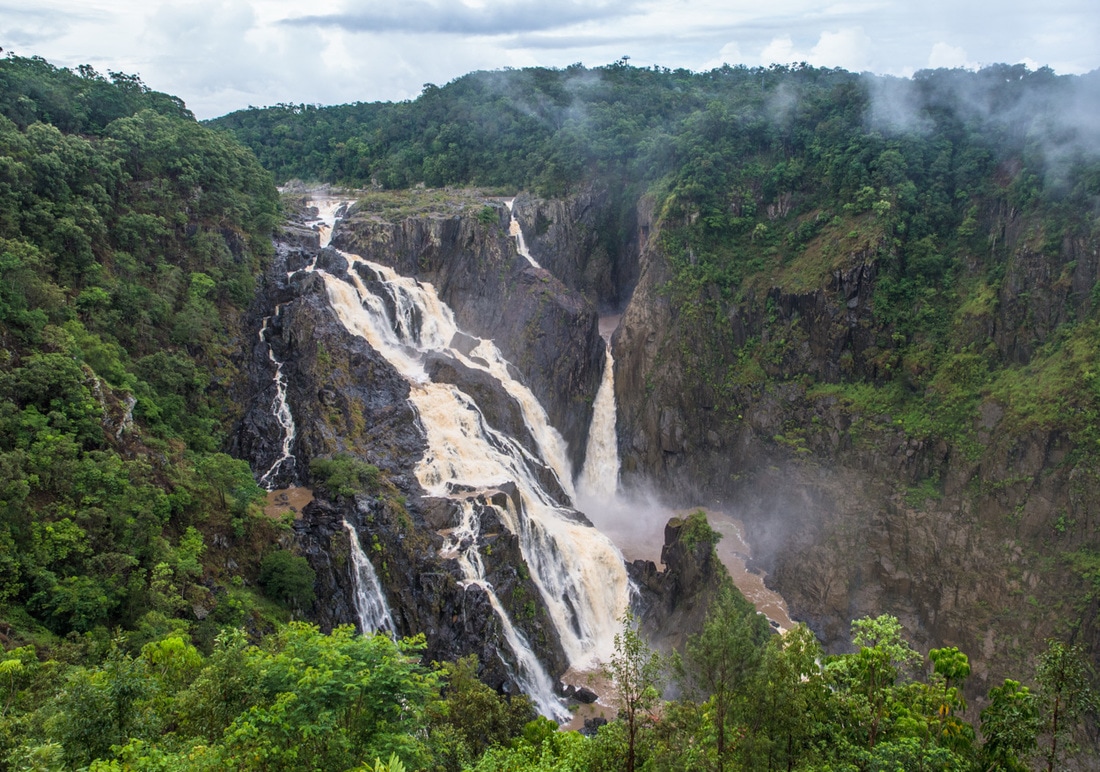 Din Din falls, also known as Barron falls, outside of Kuranda, is one of Australia's most impressive falls during the wet season. Din Din falls, also known as Barron falls, outside of Kuranda, is one of Australia's most impressive falls during the wet season. Some waterfalls require a hike to visit whilst others are easily accessible via formed boardwalks and footpaths. Most are surrounded by World Heritage rainforest and are home to a diverse array of native wildlife, including Platypus and freshwater turtles. So if you were thinking of visiting Port Douglas during the months of December - April but were concerned about the weather... don't be! Port Douglas, Cairns, the Daintree and the Atherton Tablelands are beautiful when the sun is shining, lovely on a cloudy day and at their most impressive once the rains begin.
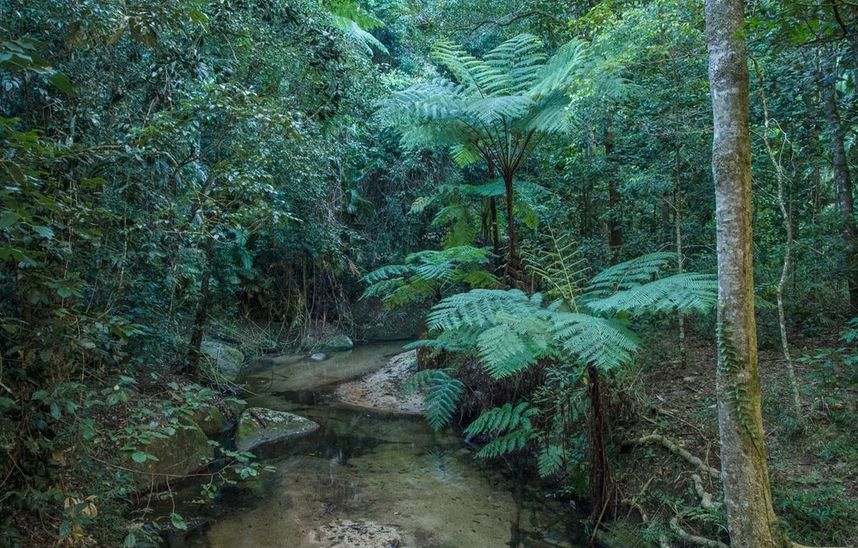 A rainforest creek in the Wet Tropics surrounded by tall Tree Ferns. A rainforest creek in the Wet Tropics surrounded by tall Tree Ferns. Port Douglas and north Queensland, like much of northern Australia, is a land of 2 distinct seasons - the 'wet' and the 'dry'. Known to Port Douglas, Daintree and Cairns locals as the 'Green Season', it is a time of abundant growth in the rainforests and savanna around Port Douglas and across far north Queensland. Locals will often tell you that the rainforest looks its best just after a torrential downpour when the creeks are flowing and the plants are dripping with moisture. The wet season falls between December and April and is when we usually receive more than 60% of our rainfall. In Port Douglas we may have 1500+ mm (2 metres/6 feet) of rainfall and on the high peaks of the Wet Tropics such as Bartle Frere, Bellenden Ker and Thorntons Peak there can be over 6000 mm (6 metres/18 feet) of rainfall in just 3-4 months. A common misconception of those coming to the area is that it will be raining for weeks on end and that they will be stuck in a hotel room for the duration of their holidays. The reality is often very different! 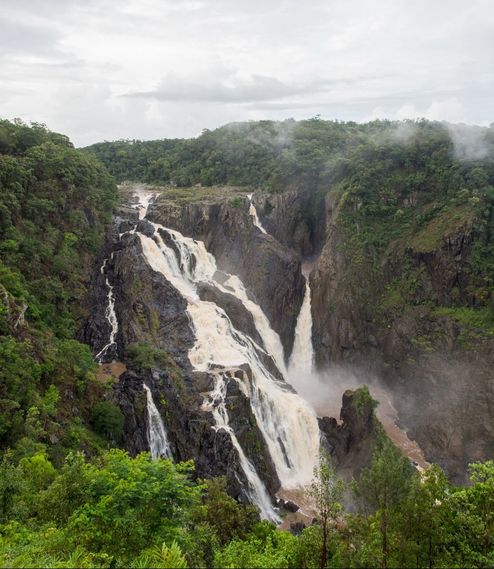 The impressive Din Din (Barron) falls in wet season flood The impressive Din Din (Barron) falls in wet season flood Rain will often fall overnight or early morning with the clouds clearing to reveal a beautiful sunny day. We can have weeks of sunny weather between tropical storms and even if you do get a few days of rain whilst on Port Douglas holidays there is still plenty to do - like a rainforest tour! The rainforests, sclerophyll forests and savanna of tropical north Queensland rely on the rains of the wet season to rejuvenate and grow. At the end of a long dry season you can visibly see the effects of a lack of rain. From dry and limp looking Basket and Antler ferns in the rainforest, to dry creek beds and parched grasslands. As the wet season develops and the streams, creeks and rivers all begin to flow with renewed vigour the environment quickly changes. The savanna and sclerophyll forests become a sea of green grasses and new growth. The rainforest becomes alive with dry streams flowing again, funghi quickly growing and plants bursting with life. The heavy rains of the wet season prepare the land for the dry times that will inevitably follow. Join Blue Adventures on a Wildlife Tour or Rainforest & Outback Tour to learn more about our unique and diverse environments, how these habitats have developed over millions of years and to see how the plants and animals have adapted to live in such extremes.
|
AboutWith World Heritage rainforest and Outback Queensland on our doorstep, Port Douglas is ideally situated to explore tropical north Queensland. Archives
April 2017
Categories
All
|
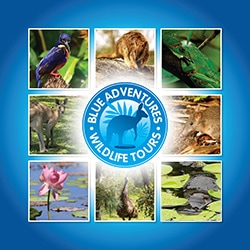
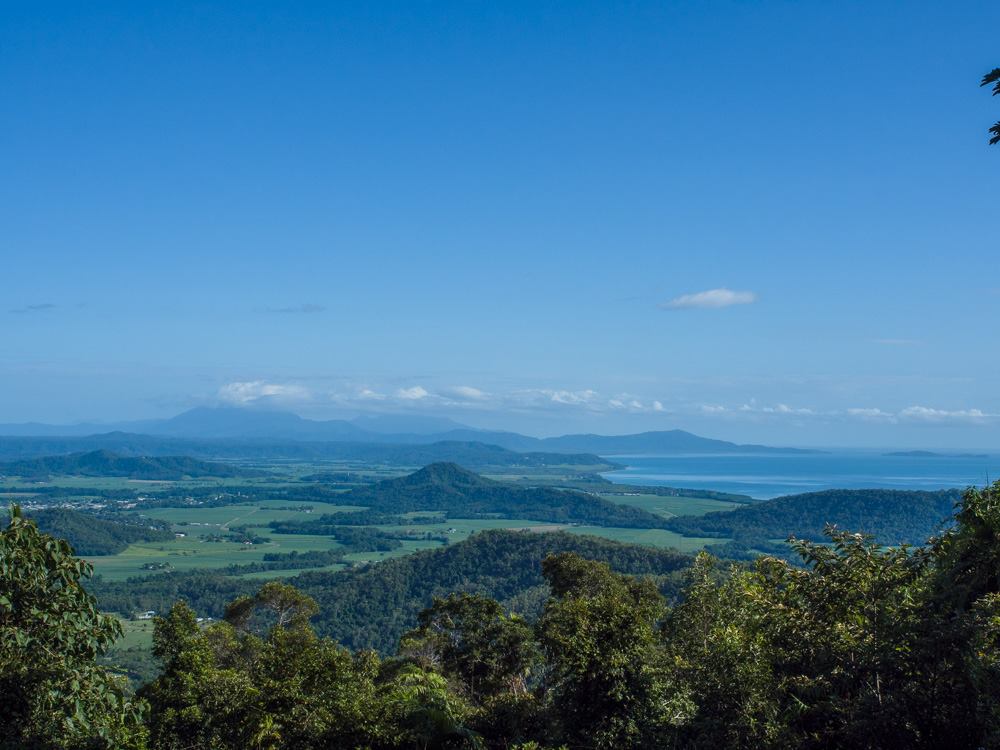
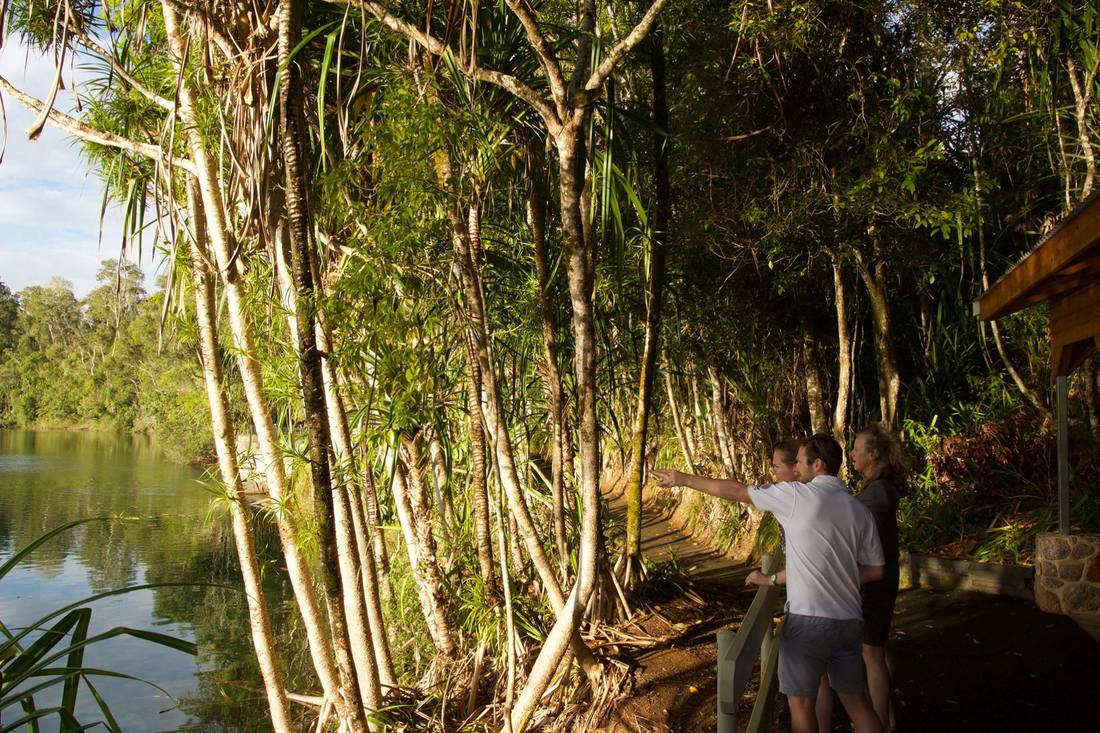
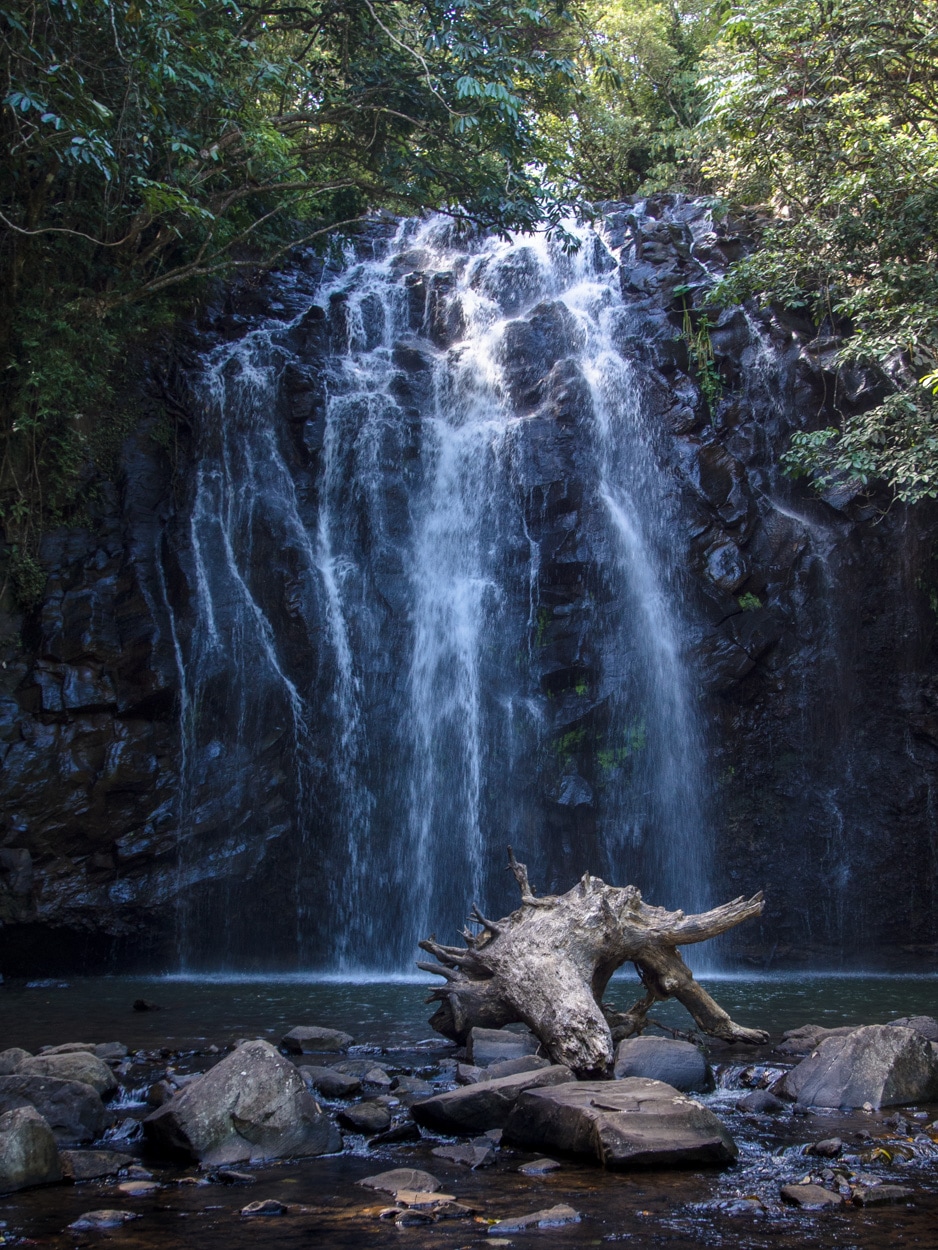
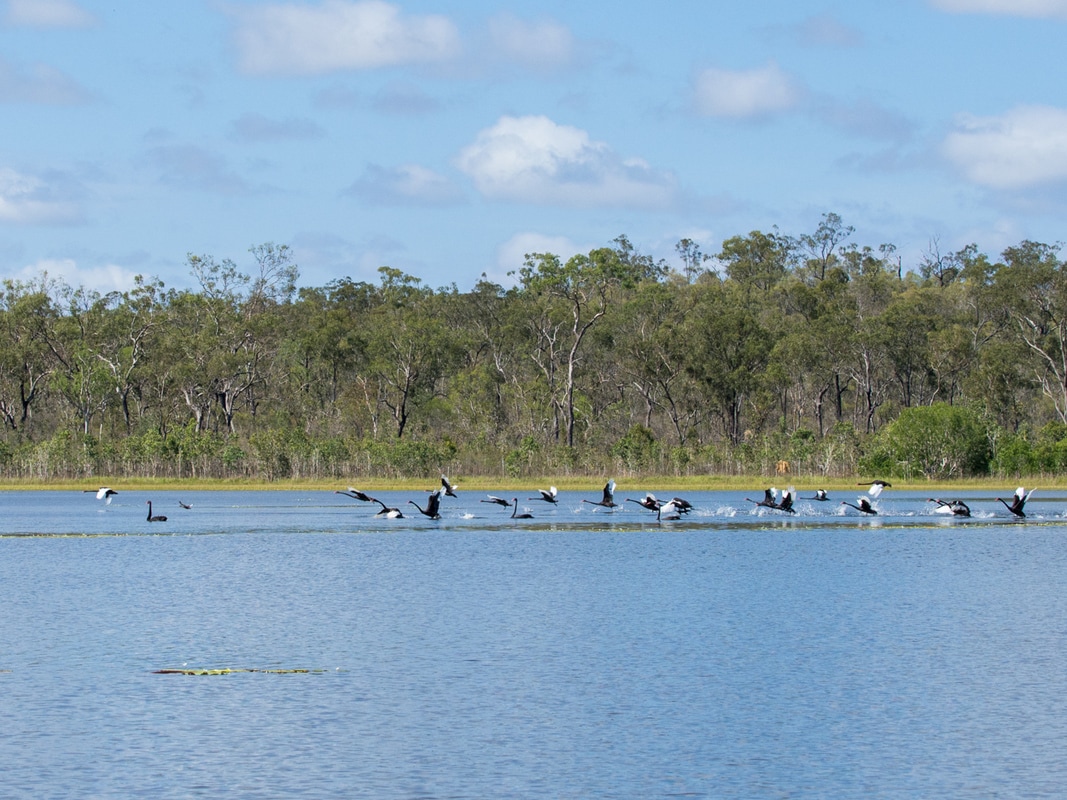
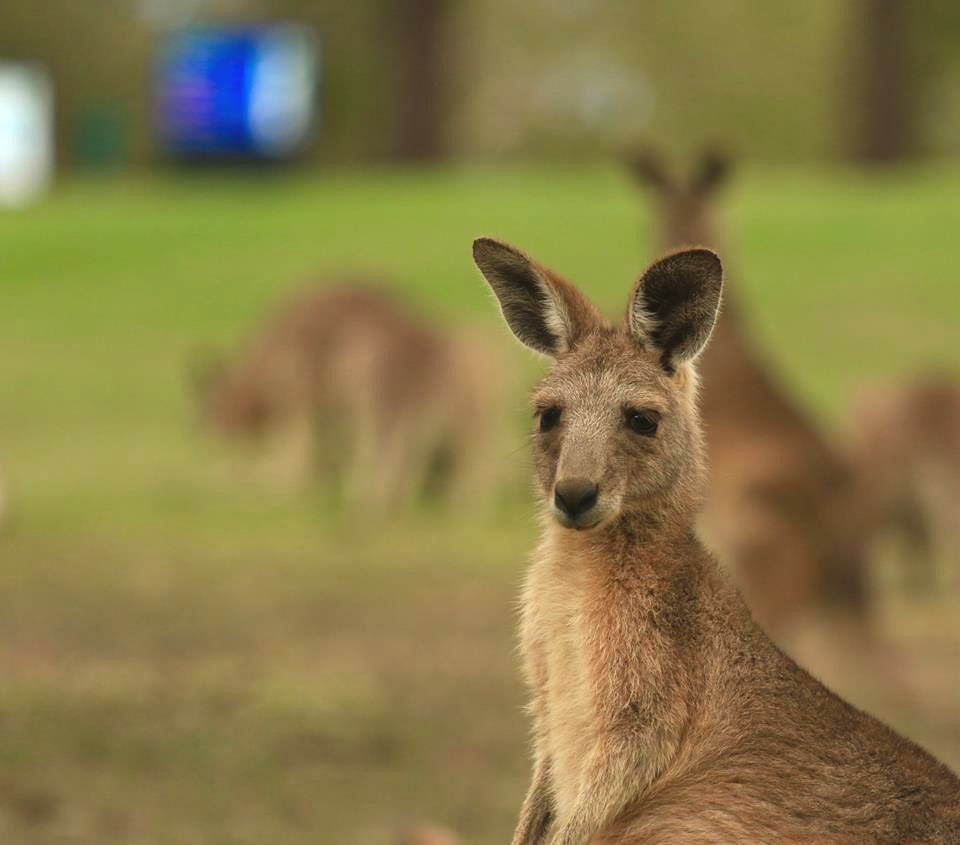
 RSS Feed
RSS Feed